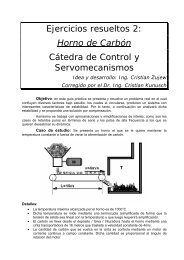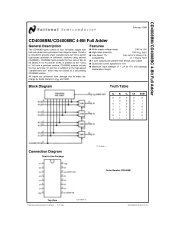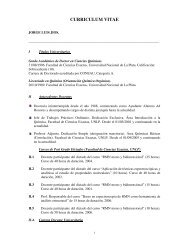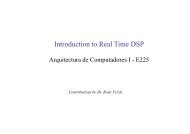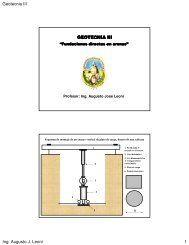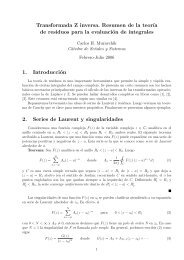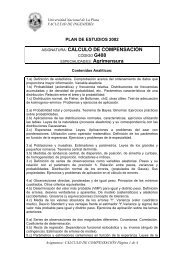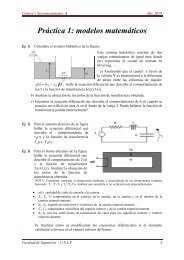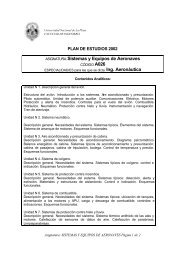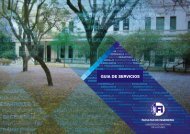ABCs of ADCs - Analog-to-Digital Converter Basics (PDF)
ABCs of ADCs - Analog-to-Digital Converter Basics (PDF)
ABCs of ADCs - Analog-to-Digital Converter Basics (PDF)
You also want an ePaper? Increase the reach of your titles
YUMPU automatically turns print PDFs into web optimized ePapers that Google loves.
Integral Non-Linearity (INL)orIntegral Linearity Error (ILE)111<strong>Digital</strong> Output1101011000110100010.6 LSB maximum errorINL = 0.6 LSBActual “Straight” LineIdeal Straight Line000250 500 750 1000 1250 1500 1750 2000INPUT VOLTAGE (mV)V REF= 2.0V15NCG 9/99Integral Non-linearity, INL, (also called Integral Linearity Error or ILE and Linearity Error or LE)describes the departure from an ideal linear transfer curve for an ADC (or a DAC). INL doesnot include quantization errors, <strong>of</strong>fset error, or gain error. It is a measure <strong>of</strong> the straightness <strong>of</strong>the transfer function and can be greater than the differential non-linearity. The size anddistribution <strong>of</strong> the DNL errors will determine the integral linearity <strong>of</strong> the converter.Sometimes a converter is described as being “x bits linear.” For example, a converter with 10-bit resolution and 4 LSB non-linearity is sometimes described as an “8-bit linear” converterbecause 4 LSBs for a 10-bit device is the same as 1 LSB for an 8-bit device.INL is a static specification and relates <strong>to</strong> THD (a dynamic specification). However, dis<strong>to</strong>rtionperformance can not be predicted from the INL specification, except <strong>to</strong> say that THD tends <strong>to</strong>become worse as INL departs from zero.<strong>ABCs</strong> <strong>of</strong> <strong>ADCs</strong> - Rev 3, June 2006Authored by: Nicholas “Nick” Gray15Copyright © 2003, 2004, 2006 National Semiconduc<strong>to</strong>rCorporationAll rights reserved



